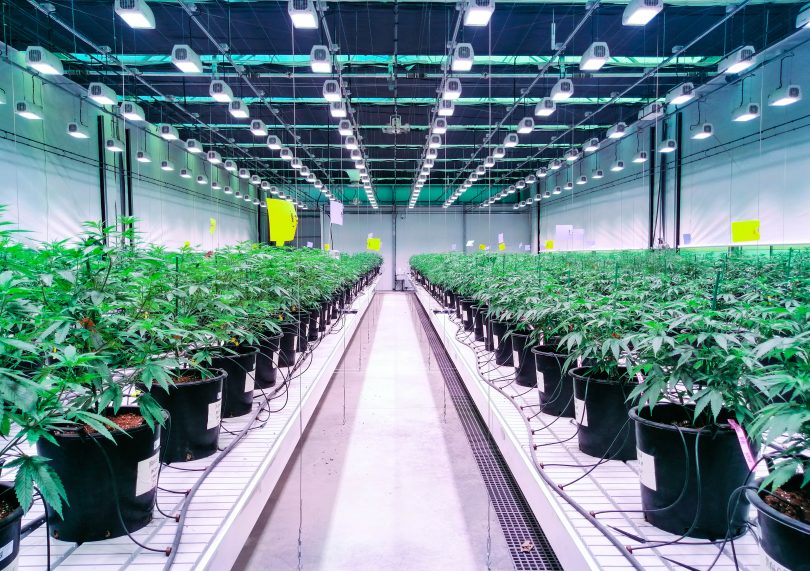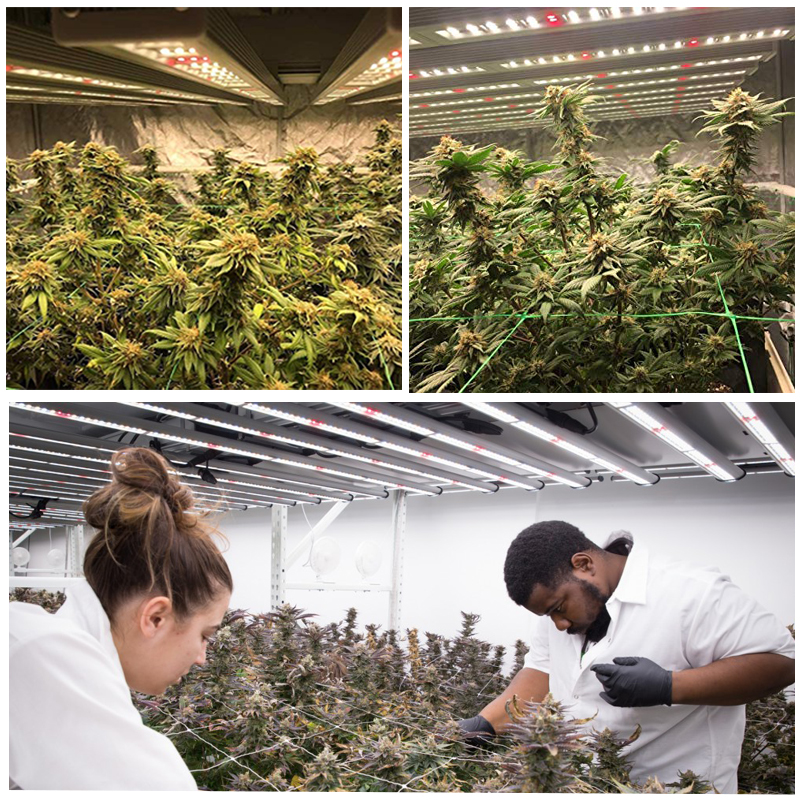Blog
3 Ways to Optimize plant Using LED Grow Lights

It’s no secret that it’s both crucial and challenging to optimize plant production. Every variety has different production methods. Additionally, each grower has different goals around transplanting, flowering and finishing.
Photoperiod, light intensity, and light quality are all powerful tools that can help you achieve your scheduling goals and control your plants’ morphology.
Here are three ways using light spectrum and intensity for plant production can help meet these goals.
1) Add supplemental lighting to increase quality and reduce time to transplant for annual plugs
Want to time your spring plug production to meet early season demand? Since greenhouse production happens during the lowest light time of the year, adding supplemental light is a gamechanger when it comes to meeting your spring and early summer deadlines.
Using supplemental lighting in northern latitudes can save money by reducing time to transplant. In turn, shorter crop cycles reduce the amount of time that the greenhouse needs to be heated. Shorter crop cycles also mean that you can fit in more crop cycles during the season while using the same amount of space.
Additionally, increasing light intensity during plug production promotes root and shoot growth while keeping plants more compact. In other words, supplemental lighting improves your crop’s overall quality, and shipping and transplant success.

2) Use blue light to promote compactness in low-light and sole-source conditions
Want to keep your plants compact so that they can better withstand shipping and transplant? Blue light can reduce stem stretch and promote plant compactness. Blue light triggers this response by signaling cryptochrome, a critical plant photoreceptor.
Increasing the percentage of blue light to 20-30% of total supplemental light can reduce plant stretch compared to lighting with predominantly red or green with less than 20% blue. As a result, LEDs with a targeted spectrum tend to produce more compact plants than high-pressure sodium (HPS) lamps (made possible using our OLEZ8 bar light). HPS fixtures provide relatively little blue.
While this plant response is reliable in sole-source plug production (which continues to become more prevalent), affecting plant compactness with spectrum in greenhouse production is a little less predictable.
3) Increase leaf coloration of foliage using spectrum
Color is king for ornamentals. Since plants partly use blue light photoreceptors to determine overall light intensity, increasing blue light prior to finishing can promote leaf coloration. Delivering up to 50% blue light at a photosynthetic photon flux density (PPFD) of 100 µmol·m-2·d-1 increases leaf coloration in both geranium and purple fountain grass, two crops where foliage color is critical for sales.

CATEGORIES
CONTACT US
Contact: Royce O'young
Phone: 15920570517
Tel: 0086-20-37716973
Email: r.oyoung@oleder-lighting.com
Add: Room 335,#1 Xianke 1st Rd, Honglitronic Group,Huadu ,510890, Guangzhou,P.R.C.
 Sales
Sales